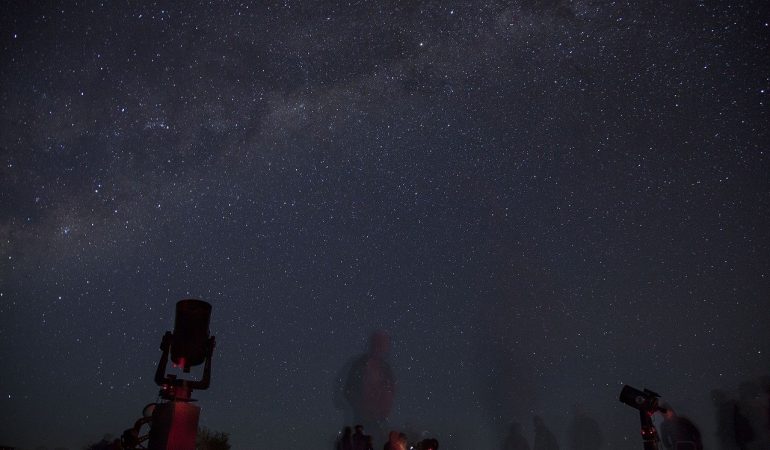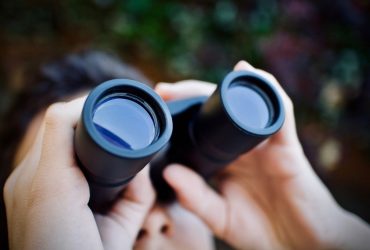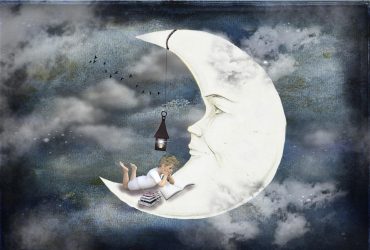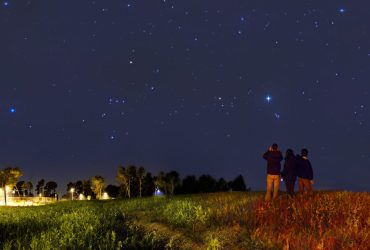What Time Of Year Is Best For Stargazing?
What time of year is best for stargazing? The best time for stargazing is when the skies are dark and clear. Dark and clear skies make it easier to observe thousands of stars that would otherwise not be visible at twilight, sunrise or when the moon is shining.
There are two things to consider when deciding what time of the year to go stargazing in your backyard, at an observatory or out in the countryside: the current phase of the moon and the season.
New Moon
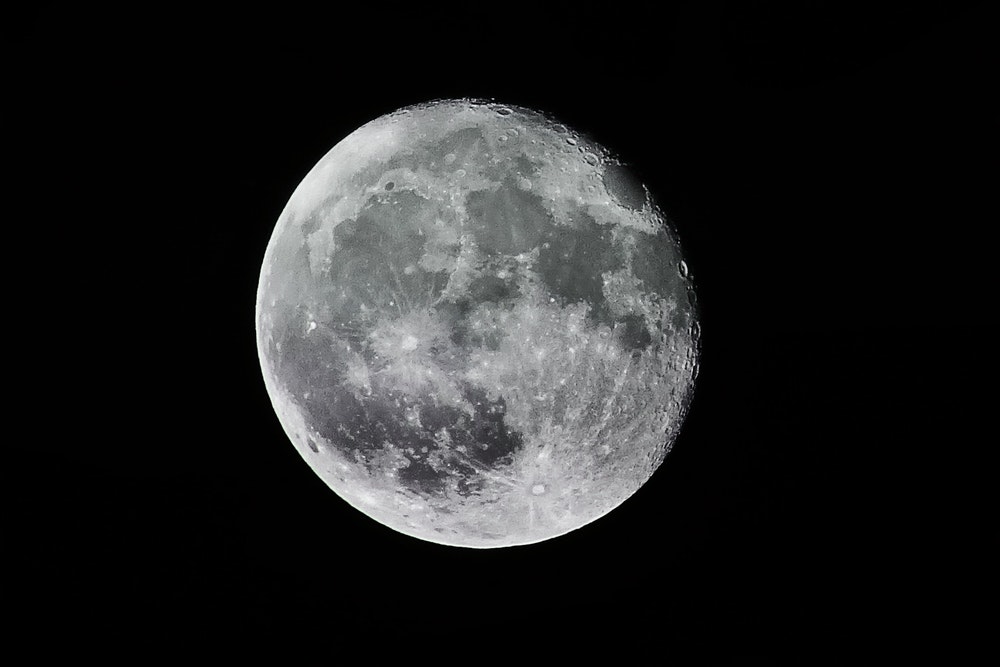
The most obvious time that’s terrible for stargazing (other than daytime) is when there’s a full moon.
A full moon casts enough light to wash out light from thousands of stars. You’ll still see some stars, but only the brightest ones.
You’ll see more stars during quarter, half and gibbous moon phases, but moonlight still conceals a considerable number of stars.
The best time to observe the night sky is before, during and after new moon. New moon is the phase of the moon when it’s not visible in the night sky.
There’s a new moon every month. So you can plan your stargazing around those times. You can use the Moon Phases website to check the current moon phase and check when new moon will occur.
Tip: Just because the moon is shining doesn’t mean you cannot observe the skies. If you have a telescope or a pair of binoculars, take the opportunity to observe the moon’s features such as craters.
Seasons
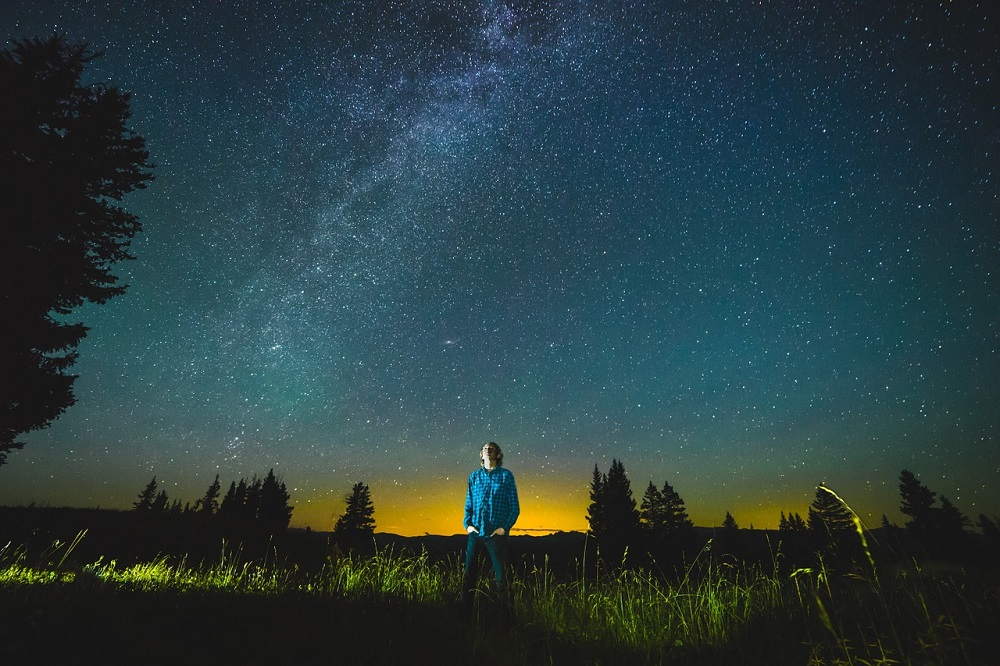
Seasons affect the length of daytime and nighttime. In the summer months, the days are longer than the nights. This culminates in summer solstice when the day is longest.
The problem with long days is that the sun takes longer to set. So you don’t have enough time to enjoy dark skies.
This is particularly disadvantageous for little ones since they need to go to bed early. It’s also an issue if you have to go to work in the morning.
If you are planning a stargazing event or trip, we do not recommend holding it during the summer months (June to August). Plan it for autumn, winter or spring instead.
Nights get longer when autumn sets in (starting around September). This gives you more time to enjoy dark skies, when you can see more stars.
The longer nights culminate in winter solstice in December. This is when the night is longest. The sun sets early and rises late. The winter months are all great for stargazing, if you don’t mind the cold outside.
Nights shorten gradually as spring rolls around, but you can do some stargazing albeit later in the night.
By the time it’s summer, some observatories shut operation because the sun sets too late when people cannot visit.
Additional Tips
Of course, you can stargaze throughout the year, if you want. You just have to be willing to stay up late during summer.
No matter what time of the year you explore the skies, it’s important to find a good spot, ideally in a dark area away from city lights.
Like the moon or the glow of twilight, harsh manmade lights can make it harder to see star in the sky. Whether you are using a telescope, binoculars or your naked eyes, finding dark skies will greatly improve your stargazing experience.
